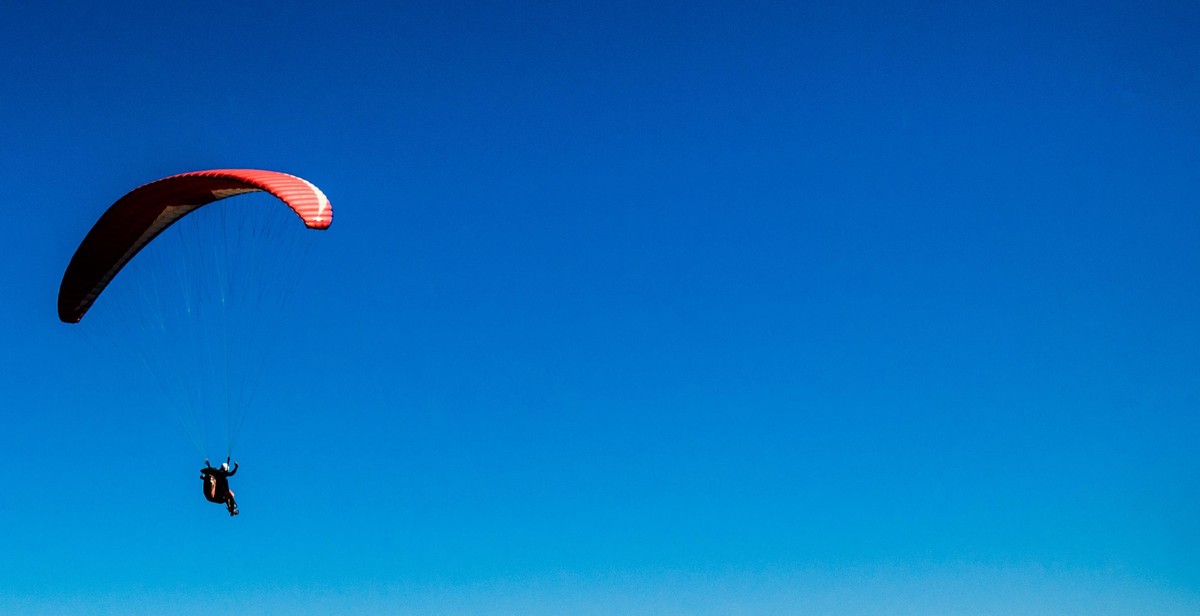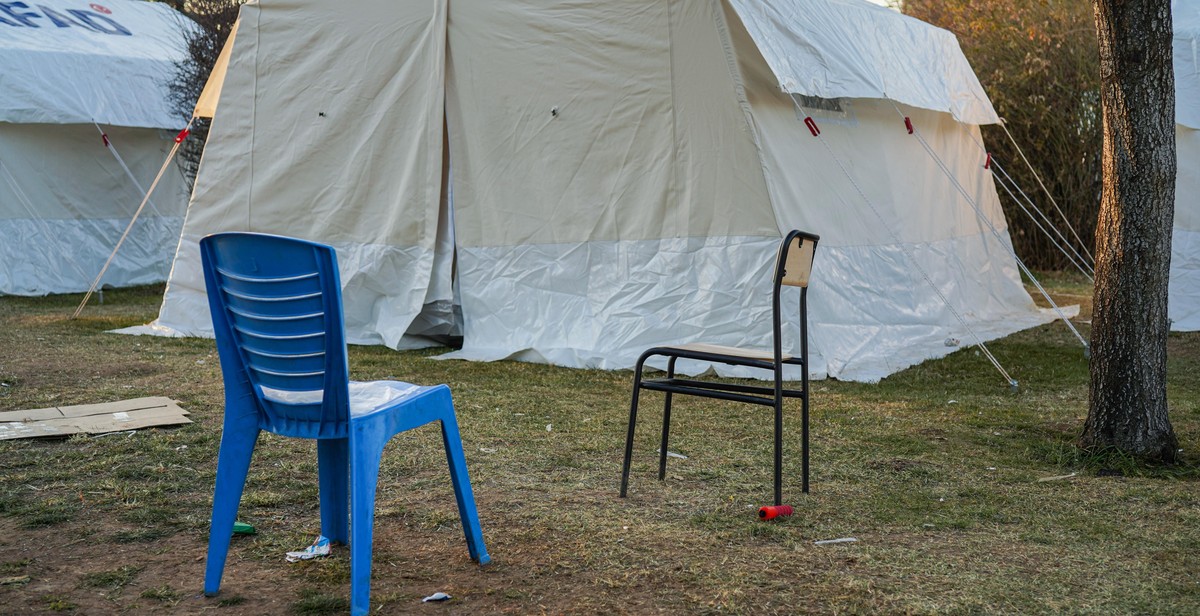How to Handle Emergency Situations While Parachuting: Protocols for Dealing with Malfunctions and Safety Issues
Parachuting is a thrilling and adventurous activity that requires proper training, equipment, and safety measures. However, even with the most meticulous planning and preparation, emergencies can occur, and it is crucial to know how to handle them effectively. As a professional skydiver with years of experience, I have faced various emergency situations and learned how to deal with them promptly and efficiently.
Malfunction Protocols
One of the most common emergency situations in parachuting is equipment malfunction. Malfunctions can occur due to various reasons, including improper packing, equipment failure, or damage during the jump. In such cases, it is essential to follow the malfunction protocols, which include identifying the problem, attempting to fix it, and deploying the reserve parachute if necessary.
Safety Issues
Another important aspect of parachuting is safety. Safety issues can arise due to various factors, including weather conditions, aircraft problems, or human error. It is crucial to follow safety procedures and guidelines to minimize the risk of accidents or injuries. These include proper equipment inspection, communication with the pilot, and adherence to the jump plan.
In this article, I will discuss in detail the protocols for handling equipment malfunction and safety issues while parachuting. With the right knowledge and preparation, you can enjoy this thrilling activity while ensuring your safety and that of others.
Preparation and Training for Parachuting Emergencies
Parachuting is an exhilarating activity that requires proper preparation and training to ensure your safety. Before you go skydiving, it is important to choose the right equipment and understand emergency procedures.
Choosing the Right Equipment
When it comes to parachuting, choosing the right equipment is crucial. Make sure you select a reputable company that uses high-quality equipment and has experienced instructors. Before you jump, your instructor should provide you with a proper fitting harness and a properly packed parachute.
It is also important to ensure that your equipment is well-maintained and regularly inspected. Before every jump, inspect your equipment to make sure that everything is in good working order. If you notice any issues, bring them to the attention of your instructor immediately.
Understanding Emergency Procedures
Despite all the precautions taken, emergencies can still happen. That’s why it’s essential to understand emergency procedures before you jump.
Your instructor should provide you with a thorough briefing on emergency procedures, including how to deploy your reserve parachute, how to control your descent rate, and how to land safely. Practice these procedures in a simulator or on the ground with your instructor so that you can react quickly and confidently in the event of an emergency.
It is also important to be aware of common malfunctions, such as line twists, canopy collapses, and hard openings, and know how to respond to them. Your instructor should teach you how to recognize these malfunctions and how to execute the proper emergency procedures.
Finally, make sure that you are physically and mentally prepared for the jump. Parachuting can be physically demanding, so make sure that you are in good physical condition. Mentally, you should be prepared for the risks involved and confident in your ability to handle any emergency.
By choosing the right equipment and understanding emergency procedures, you can minimize the risks involved in parachuting and enjoy a safe and exhilarating experience.

Malfunction Scenarios
Canopy Malfunction
A canopy malfunction is a situation where the parachute fails to open properly. This can be caused by a number of factors such as a twisted or tangled canopy, a broken or damaged canopy, or an improperly packed parachute. In the event of a canopy malfunction, it is important to remain calm and follow the proper procedures to ensure a safe landing.
- Try to locate the malfunction by looking up at the canopy or feeling for any abnormalities in the lines or fabric.
- If the malfunction is a line twist, attempt to kick your legs in the opposite direction of the twist to untangle the lines.
- If the malfunction is a damaged or improperly packed parachute, deploy your reserve parachute immediately.
- Follow the proper landing procedures and aim for a clear landing area.
Deployment Malfunction
A deployment malfunction occurs when the parachute fails to deploy properly. This can be caused by a number of factors such as a misrouted or tangled deployment bag, a broken or damaged deployment system, or user error. In the event of a deployment malfunction, it is important to remain calm and follow the proper procedures to ensure a safe landing.
- Attempt to deploy your reserve parachute immediately.
- If the reserve parachute also fails to deploy, attempt to manually deploy the main parachute by pulling the reserve handle while simultaneously pulling the main deployment handle.
- If all else fails, attempt to use your body to create drag and slow down your descent before impact.
Twist and Tangle Malfunction
A twist and tangle malfunction occurs when the lines of the parachute become twisted or tangled. This can be caused by a number of factors such as improper packing, user error, or wind conditions. In the event of a twist and tangle malfunction, it is important to remain calm and follow the proper procedures to ensure a safe landing.
- Attempt to locate the twist or tangle by looking up at the canopy or feeling for any abnormalities in the lines.
- If the twist or tangle is minor, attempt to kick your legs in the opposite direction of the twist to untangle the lines.
- If the twist or tangle is severe, attempt to deploy your reserve parachute immediately.
- Follow the proper landing procedures and aim for a clear landing area.
| Malfunction Type | Causes | Procedures |
|---|---|---|
| Canopy Malfunction | Twisted or tangled canopy, broken or damaged canopy, improperly packed parachute | Locate the malfunction, untangle lines if possible, deploy reserve parachute if necessary, follow proper landing procedures |
| Deployment Malfunction | Misrouted or tangled deployment bag, broken or damaged deployment system, user error | Deploy reserve parachute immediately, attempt to manually deploy main parachute, use body to slow descent if necessary |
| Twist and Tangle Malfunction | Improper packing, user error, wind conditions | Locate the twist or tangle, untangle lines if possible, deploy reserve parachute if necessary, follow proper landing procedures |

Emergency Response
In the event of an emergency while parachuting, it is crucial to stay calm and assess the situation before taking any action. The following protocols should be followed:
Assess the Situation
The first step in handling an emergency situation while parachuting is to assess the situation. Determine the severity of the malfunction or safety issue and decide on the appropriate course of action. If the situation is life-threatening, activate the emergency procedures immediately.
Activate Backup Parachute
If the main parachute malfunctions, activate the backup parachute by pulling the reserve handle. It is essential to do this as quickly as possible to avoid a potential disaster. Make sure to keep your body stable and your eyes on the reserve parachute while it deploys.
Follow Emergency Procedures
In the event of a safety issue, follow the emergency procedures that were taught during the training. These procedures may include releasing the main parachute, cutting away the main parachute, or deploying the reserve parachute. It is essential to follow these procedures carefully and remain calm throughout the process.
Remember that emergencies can happen at any time, and it is essential to be prepared. Before embarking on a parachuting adventure, ensure that you have received adequate training and have a thorough understanding of emergency protocols. Stay calm, assess the situation, activate the backup parachute, and follow emergency procedures to ensure a safe landing.

Safety Tips for Parachuting Emergencies
Parachuting is an exhilarating sport, but it comes with its risks. It is crucial to know how to handle emergency situations while parachuting. Here are some safety tips to keep in mind:
Stay Alert and Calm
In case of an emergency, it is essential to remain calm and composed. Panic can lead to poor decision-making, which can make the situation worse. Take deep breaths and try to stay focused.
Keep a Clear Mind and Focus on the Task
When an emergency occurs, it is vital to keep a clear mind and focus on the task at hand. If your parachute malfunctions, remember your training and try to fix the problem. If you cannot fix the issue, then follow the emergency procedures taught to you by your instructor.
Communicate with Your Instructor
Communication is key in any emergency situation. Your instructor is there to help you, so do not hesitate to signal them if you need assistance. Make sure you understand the hand signals and communication protocols before jumping.
Additional Safety Tips to Keep in Mind
- Always wear proper safety gear, including a helmet and harness
- Do not jump if the weather conditions are not suitable
- Check your equipment before jumping
- Do not attempt any stunts or maneuvers beyond your skill level
Conclusion
Parachuting emergencies can be scary, but with the right training, equipment, and mindset, you can handle them safely. Remember to stay calm, focus on the task at hand, and communicate with your instructor. By following these safety tips, you can enjoy a thrilling and safe parachuting experience.
Conclusion
Parachuting is undoubtedly an exhilarating experience that can be enjoyed by individuals of all skill levels. However, as with any high-risk activity, there is always the potential for emergencies to occur. It is crucial to be prepared for these situations and to know how to handle them effectively.
Protocols for Dealing with Malfunctions
If you experience a malfunction while parachuting, it is essential to follow the proper protocols to ensure your safety. These protocols include identifying the problem, attempting to fix the issue, deploying your reserve chute if necessary, and focusing on a safe landing.
Safety Issues
It is also important to be aware of common safety issues associated with parachuting. These include equipment failure, environmental hazards, and human error. By taking the necessary precautions, such as inspecting your equipment prior to jumping and staying aware of your surroundings, you can minimize the risk of these hazards.
Experience Matters
As a professional and experienced parachutist, I have encountered my fair share of emergency situations while in the air. Through years of training and hands-on experience, I have learned the importance of staying calm, following protocols, and prioritizing safety above all else.
Remember, while the thought of an emergency situation while parachuting may be daunting, proper preparation and training can make all the difference. By following the protocols outlined in this article and prioritizing safety, you can enjoy the thrill of parachuting with confidence and peace of mind.
